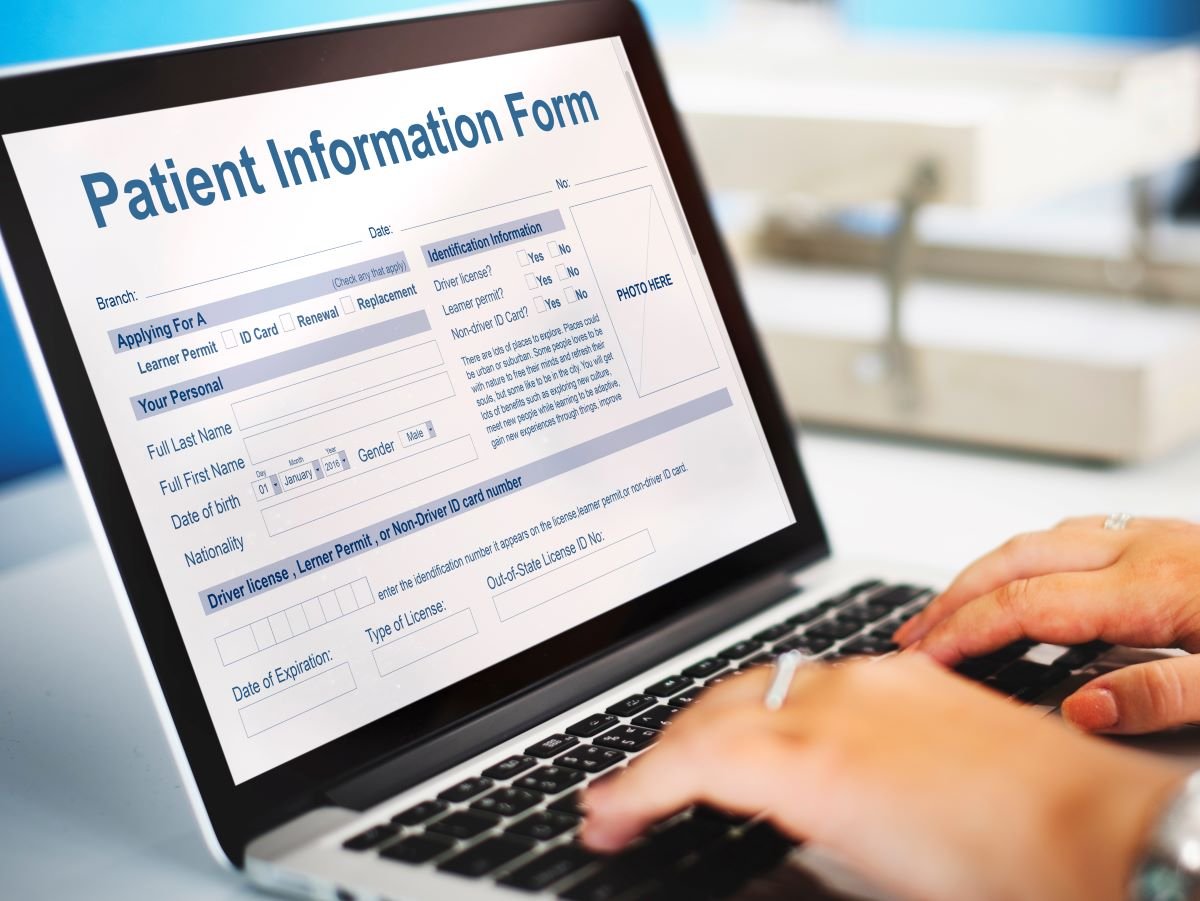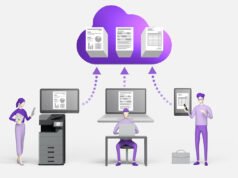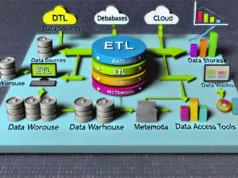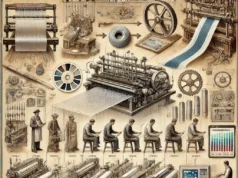In the medical field, good record-keeping is crucial. This record of a patient’s symptoms, medical history, test results, and treatment plans is known as clinical documentation. While it may seem like basic paperwork, this documentation plays a vital role in healthcare.
Let’s explore what clinical documentation entails and why it’s so important.
The Basics of Clinical Documentation
Clinical documentation refers to detailed notes and reports like physician report cards created by doctors, nurses, and other medical staff. This paperwork chronicles every aspect of a patient’s care, from their initial complaint to their final outcome. Some key components include:
Patient History
Before initiating care, it’s critical to have a complete picture of the patient’s background. The patient history section documents details like:
- Demographics (age, gender, ethnicity, etc.)
- Reasons for visit/chief complaints
- Previous medical conditions and surgeries
- Family medical history
- Lifestyle factors (diet, exercise, habits)
- Medications (prescriptions, supplements, etc.)
- Allergies and adverse reactions
This baseline health information helps providers properly evaluate the patient’s current issue in the full context of their overall health profile.
Physical Examination
During the patient encounter, the doctor will document detailed observations from their physical exam, such as:
- Vital signs (temperature, blood pressure, etc.)
- Weight and body measurements
- Visual indicators (skin color, rashes, etc.)
- Head, eye, ear, nose, and throat exam findings
- Heart, lung, and abdominal exam findings
- Neurological tests and mental status
- Musculoskeletal and joint assessments
Recording these objective examination findings creates documentation to support the physician’s diagnoses and recommendations.
Test Results
In addition to the physical exam, diagnostic testing plays a key role in evaluating and monitoring patients. The documentation must capture results from tests like:
- Laboratory analysis (bloodwork, biopsies, etc.)
- Imaging procedures (x-rays, MRIs, etc.)
- Electrocardiograms and other cardiac testing
- Respiratory test findings (pulmonary function, etc.)
- Pathology reports
- Diagnostic screening outcomes
Having these concrete data points well-documented enables more accurate diagnoses, treatment decisions, and patient tracking over time.
Treatment Plan
Once the patient’s condition is evaluated, the next step is documenting the prescribed course of treatment, including:
- Diagnosed conditions and their staging/severity
- Medication names, dosages, and instructions
- Orders for medical procedures or surgeries
- Referrals to specialists or other services
- Therapies and rehabilitation prescribed
- Patient education materials provided
- Lifestyle/self-care recommendations
Clearly documenting this multi-faceted care plan ensures proper follow-through and establishes a reference for revisiting the treatment strategy.
Why Is It So Important?
What is clinical documentation improvement, and why is it important? On the surface, clinical documentation may seem like busy work piled on already overworked medical staff. However, these detailed patient records serve many vital purposes:
Continuity of Care
Accurate documentation ensures that medical professionals involved understand the full picture of the patient’s case. This continuity prevents mistakes and lapses in treatment.
Legal Protection
Thorough documentation creates a paper trail that can protect providers in case of lawsuits or questions about care decisions. These records clearly show the reasoning behind the actions taken.
Billing and Coding
The details in the clinical notes determine how patient cases are coded, which is tied to insurance reimbursement and revenue for the healthcare facility.
Research and Data Analysis
High-quality documentation provides essential data for studies analyzing treatment effectiveness, patient outcomes, costs, and more. This research drives improvements in patient care.
Quality Assurance
In-depth medical record review allows healthcare organizations to audit their processes and ensure staff are following best practices and standards.
Communication Among Providers
As someone receives quality patient care from multiple doctors, nurses, technicians, and facilities, their fully updated medical records keep everyone on the same page.
Challenges in Clinical Documentation
While the benefits are clear, creating and maintaining accurate, up-to-date clinical documentation is no easy task. Some major obstacles include:
Time Constraints
With busy patient loads, documenting every detail is very time-consuming for doctors and nurses. However, cutting corners can lead to errors or incomplete records.
Rising Complexity
As medicine advances, treatment protocols and regulations keep evolving. Staying on top of changing requirements complicates documentation duties.
Communication Gaps
Information can easily get lost or miscommunicated as records are passed from provider to provider, department to department, or facility to facility.
Technology Troubles
An Electronic health record (EHR) aims to streamline processes, but clunky systems, lack of training, and compatibility issues create new documentation challenges.
The Human Element
At the end of the day, clinical documentation relies on human effort. Fatigue, rushing, poor penmanship, and other human factors can undermine record quality.
Improving Clinical Documentation
Given its immense importance, healthcare providers are constantly seeking ways to enhance clinical documentation’s accuracy, efficiency, and usefulness, such as:
EHR Optimization
Upgrading EHR systems, customizing templates, and improving training can help providers better utilize electronic record capabilities.
Voice Recognition
Voice-to-text transcription tools allow doctors and nurses to narrate notes hands-free, saving time over typing.
Scribes
Some hospitals employ medical scribes to handle documentation duties, freeing clinicians to focus fully on patient care.
Clear Standards
Establishing organization-wide policies, templates, and protocols helps ensure medical record documentation uniformity and completeness.
Data Analytics
Analysis of clinical data can identify areas for documentation improvement and pinpoint training needs.
The Takeaway
While often viewed as arduous paperwork, clinical documentation forms the cornerstone of effective healthcare. These detailed medical records facilitate quality care, legal protection, proper reimbursement, and invaluable research data. As such, hospitals and healthcare systems are wise to make clinical documentation a top priority through training, optimized processes, and innovative technologies. Comprehensive, high-caliber documentation requires diligent effort, but it’s an effort that pays dividends through better care and outcomes for patients.


















